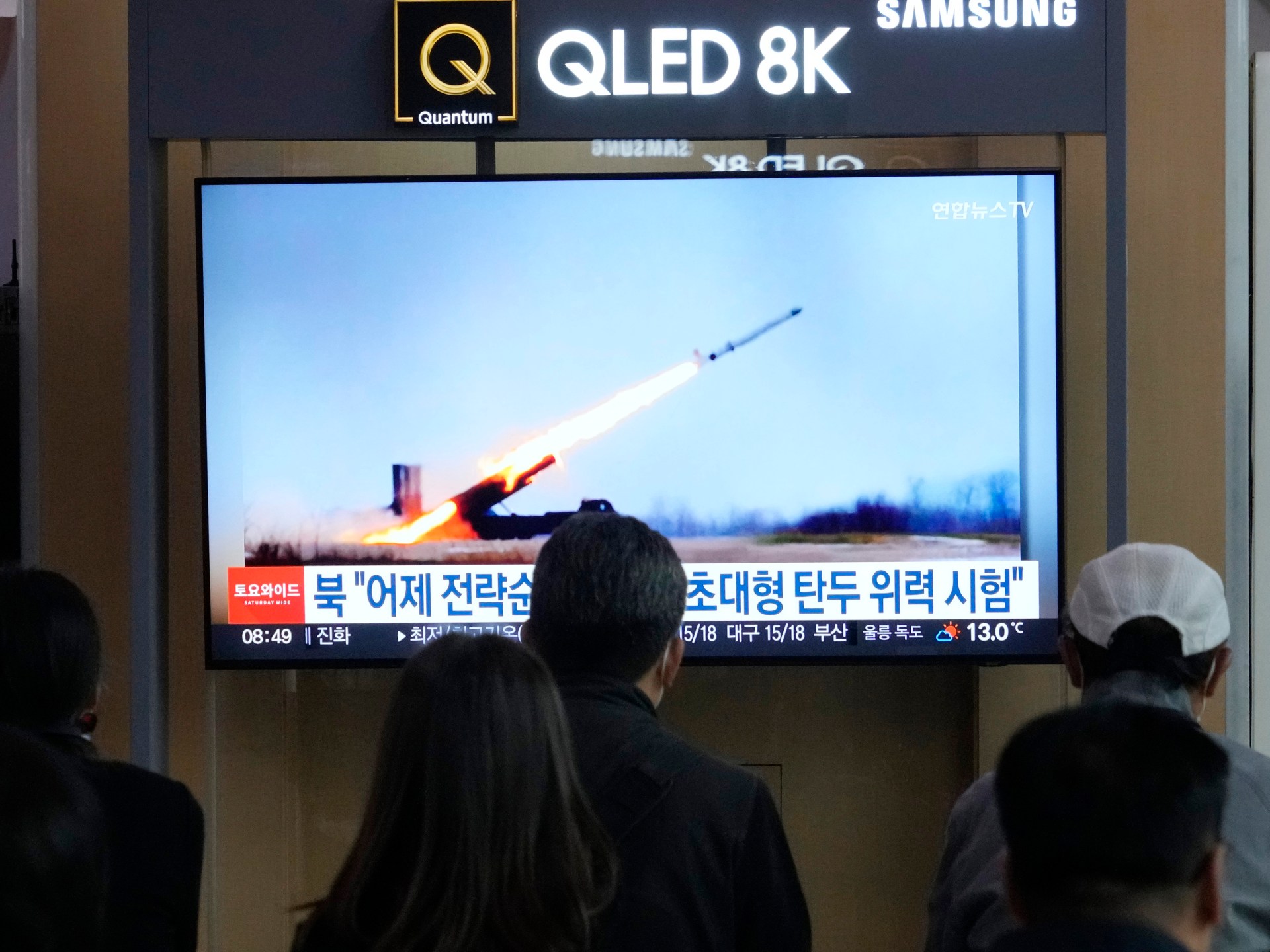The trouble started in mid-September, when the Wall Street Journal published an exposé titled “Facebook Knows Instagram Is Toxic for Teen Girls, Company Documents Show.” The article revealed that Facebook had identified disturbing information about the impact of their Instagram service on young users. It cited an internal company presentation, leaked to the paper by an anonymous whistle-blower, that included a slide claiming that “thirty-two percent of teen girls said that when they felt bad about their bodies, Instagram made them feel worse.” Another slide offered a blunter conclusion: “Teens blame Instagram for increases in the rate of anxiety and depression. This reaction was unprompted and consistent across all groups.”
These revelations sparked a media firestorm. “Instagram Is Even Worse Than We Thought for Kids,” announced a Washington Post article published in the days following the Journal’s scoop. “It’s Not Just Teenage Girls—Instagram Is Toxic for Everyone,” claimed an op-ed in the Boston Globe. “Zuckerberg’s public comments about his platform’s effects on mental health appear to be at odds with Facebook’s internal findings,” noted the New York Post. In a defiant post published on his Facebook account, Mark Zuckerberg pushed back, stating that the motives of his company were “misrepresented.” The very fact that Facebook was conducting this research, he wrote, implies that the company cares about the health impact of its products. Zuckerberg also pointed to data, included in the leaked slides, that showed how, in eleven out of the twelve areas of concern that were studied (such as loneliness and eating issues), more teen-age girls said that Instagram helped rather than hurt. In the background, however, the company paused work on a new Instagram Kids service.
These corporate responses weren’t enough to stem the criticism. In early October, the whistle-blower went public in an interview on “60 Minutes,” revealing herself to be Frances Haugen, a data scientist who had worked for Facebook on issues surrounding democracy and misinformation. Two days later, Haugen testified for more than three hours before a Senate subcommittee, arguing that Facebook’s focus on growth over safeguards had resulted in “more division, more harm, more lies, more threats, and more combat.” In a rare moment of bipartisanship, Democrat and Republican members of the subcommittee seemed to agree that these social-media platforms were a problem. “Every part of the country has the harms that are inflicted by Facebook and Instagram,” the subcommittee chair, Senator Richard Blumenthal of Connecticut, stated in a press conference following Haugen’s testimony.
This is far from the first time that Facebook has faced scrutiny. What struck me about this particular pile-on, however, was less its tone—which was near-uniformly negative—than what was missing. The commentary reacting to the Journal’s scoop was quick to demand punishment and constraints on Facebook. In many cases, the writers seethed with frustration about the lack of such retribution enacted to date. “Both Democrats and Republicans have lambasted Facebook for years, amid polls showing the company is deeply unpopular with much of the public,” noted a representative article from the Washington Post. “Despite that, little has been done to bring the company to heel.” What’s largely absent from the discussion, however, is any consideration of what is arguably the most natural response to the leaks about Instagram’s potential harm: Should kids be using these services at all?
There was a moment in 2018, in the early stages of the Cambridge Analytica scandal, when the hashtag #DeleteFacebook began to trend. Quitting the service became a rational response to the growing litany of accusations that Facebook faced, such as engineered addiction, privacy violations, and its role in manipulating civic life. But the hashtag soon lost momentum, and the appetite for walking away from social media diminished. Big-swing Zeitgeist articles—such as a 2017 Atlantic story that asked “Have Smartphones Destroyed a Generation?”—gave way to smaller policy-focussed polemics about arcane regulatory responses and the nuances of content-moderation strategies. This cultural shift has helped Facebook. “The reality is that young people use technology. Think about how many school-age kids have phones,” Zuckerberg wrote in his post responding to the latest scandal. “Rather than ignoring this, technology companies should build experiences that meet their needs while also keeping them safe.” Many of the politicians and pundits responding to the Facebook leaks implicitly accept Zuckerberg’s premise that these tools are here to stay, and all that’s left is to argue about how they operate.
I’m not sure, however, that we should be so quick to give up on interrogating the necessity of these technologies in our lives, especially when they impact the well-being of our children. In an attempt to keep this part of the conversation alive, I reached out to four academic experts—selected from both sides of the ongoing debate about the harm caused by these platforms—and asked them, with little preamble or instruction, the question missing from so much of the recent coverage of the Facebook revelations: Should teen-agers use social media? I wasn’t expecting a consensus response, but I thought it was important, at the very least, to define the boundaries of the current landscape of expert opinion on this critical issue.
I started with the social psychologist Jonathan Haidt, who has emerged in recent years, in both academic and public circles, as one of the more prominent advocates for issues surrounding social media and teen-age mental health. In his response to my blunt question, Haidt drew a nuanced distinction between communication technology and social media. “Connecting directly with friends is great,” he told me. “Texting, Zoom, FaceTime, and Snapchat are not so bad.” His real concern were platforms that are specifically engineered to “keep the child’s eyes glued to the screen for as long as possible in a never-ending stream of social comparison and validation-seeking from strangers”—platforms that see the user as the product, not the customer. “How did we ever let Instagram and TikTok become a large part of the lives of so many eleven-year-olds?” he asked.
I also talked to Adam Alter, a marketing professor at N.Y.U.’s Stern School of Business, who was thrown into the social-media debate by the publication of his fortuitously timed 2017 book, “Irresistible,” which explored the mechanisms of addictive digital products. “There’s more than one way to answer this question, and most of those point to no,” he answered. Alter said that he has delivered this same prompt to hundreds of parents and that “none of them seem happy that their teens use social media.” Many of the teens he spoke with have confirmed a similar unease. Alter argued that we shouldn’t dismiss these self-reports: “If they feel unhappy and can express that unhappiness, even that alone suggests the problem is worth taking seriously.” He went on to add that these issues are not necessarily easy to solve. He expressed worry, for example, about the difficulty of trying to move a teen-ager away from social media if most of their peers are using these platforms to organize their social lives.
On the more skeptical side of the debate about the potential harm to teen-agers is Laurence Steinberg, a psychology professor at Temple University and one of the world’s leading experts on adolescence. In the aftermath of Haugen’s Senate testimony, Steinberg published an Op-Ed in the Times that argued that the research linking services like Instagram to harm is still underdeveloped, and that we should be cautious about relying on intuition. “Psychological research has repeatedly shown that we often don’t understand ourselves as well as we think we do,” he wrote. In answering my question, Steinberg underscored his frustration with claims that he thinks are out ahead of what the data support. “People are certain that social media use must be harmful,” he told me. “But history is full of examples of things that people were absolutely sure of that science proved wrong. After all, people were certain that the world was flat.”











